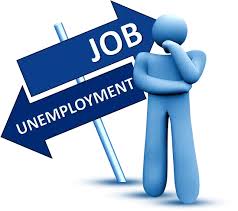After nearly 49 days of disrupted classes and halted progress, Kenya’s public universities are finally set to resume learning. The lecturers’ strike called off on November 5, 2025, marks not just the end of an industrial standoff between the University Academic Staff Union (UASU) and the government but also the beginning of a new chapter for Kenya’s education, business, and investment landscape.
While headlines highlight the agreed Ksh7.9 billion payout to lecturers, shrewd investors and brand strategists see beyond the numbers. This deal opens a ripple effect across multiple sectors—real estate, consumer goods, digital learning, and youth marketing—and signals a strategic window for corporate Kenya to reconnect with a disrupted audience of students and educators.

Unlocking Economic Stability Through Education
When university gates swing open again, Kenya’s wheels of motion literally start turning. The end of the lecturers’ strike doesn’t just mean lectures resuming — it means buses, matatus, and bodabodas are back to their familiar buzz around campuses from Kenyatta to Maseno.
Ask any matatu operator who parks near KU or Egerton — “shule zikirudi, biashara inachemka tena.” Students are commuters, and commuters are the lifeline of local transport routes. Fuel stations near universities will once again see early morning queues, while conductors shout routes with renewed energy.
The ripple effect is massive: petrol attendants, stage hawkers, mathe wa pocha — everyone smells that sweet scent of movement and money.
And then there are the suppliers — the backbone of every campus economy. From stationery distributors to milk and bread suppliers serving university cafeterias, Mondays just got busier. Many of these vendors have had weeks of pending invoices, and now the long bill lists are being dusted off and processed. It’s the kind of quiet relief that only business owners understand — the familiar rhythm of orders, deliveries, and payments returning.
For procurement officers and small traders, the phrase “classes to resume immediately” translates to cash flow is back. Printers begin receiving new requests for course outlines; carpenters in Juja and Eldoret start crafting size beds again; and canteen suppliers prepare their first bulk orders after almost two months of silence.
It’s not just about work resuming — it’s about livelihoods being restored.
This return-to-class economy shows one thing clearly: education in Kenya is more than a social service — it’s a circulating artery of national productivity. When a student leaves home for campus, dozens of small businesses wake up too. And in that chain reaction lies the resilience of Kenya’s local economy — restored!!


















